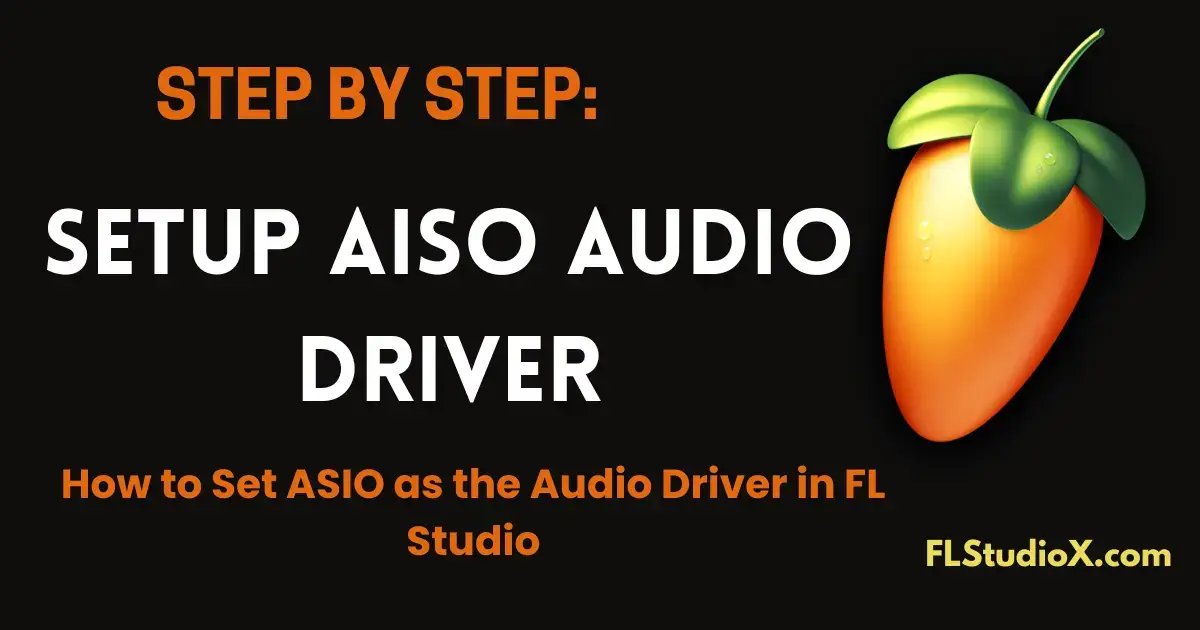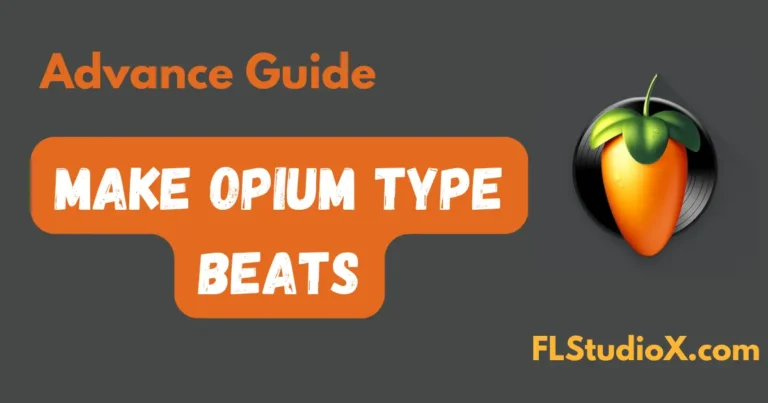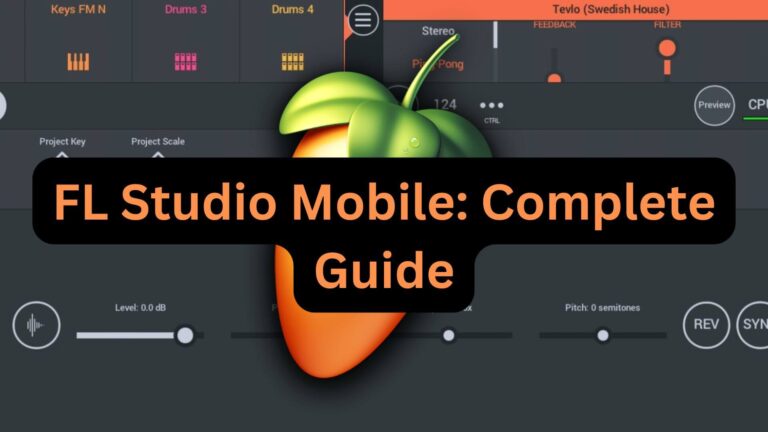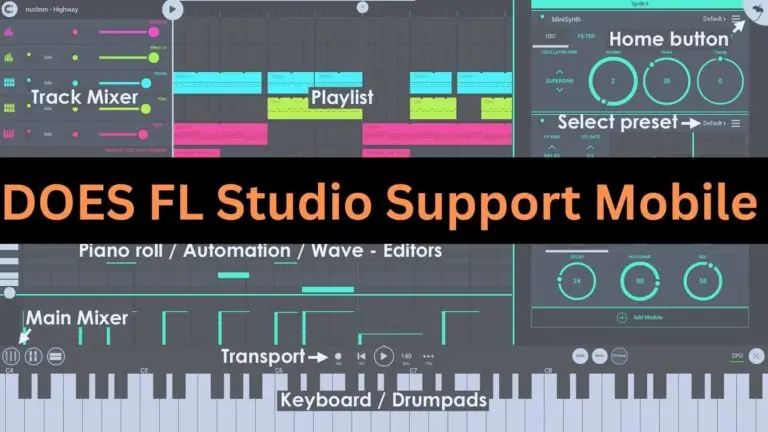
If you’re working on music in FL Studio and experiencing delays or glitches in your audio, it might be time to set up an ASIO driver. ASIO (Audio Stream Input/Output) is a powerful audio driver designed to deliver low latency and high-quality sound for professional music production. Setting ASIO as your audio driver in FL Studio will make your workflow smoother, especially during live recordings or working with virtual instruments.
This guide will show you how to set ASIO as your audio driver in FL Studio, step by step, in a way that’s simple to follow.
What Is ASIO and Why Do You Need It?
ASIO is a type of audio driver that ensures fast and direct communication between your computer’s audio hardware and FL Studio. Unlike standard audio drivers that can cause delays or latency, ASIO minimizes that delay.
Benefits of ASIO in FL Studio:
- Low Latency: No more noticeable delay between pressing a key and hearing the sound.
- High-Quality Sound: Clear, professional-grade audio output.
- Efficient Performance: Ensures smooth playback and recording, even with complex projects.
Step-by-Step Guide to Setting ASIO as the Audio Driver in FL Studio
Follow these simple steps to set up and configure ASIO in FL Studio:
1. Open FL Studio’s Audio Settings
- Launch FL Studio on your computer.
- Press F10 or go to the top menu and click Options, then select Audio Settings.
- The Audio Settings panel will appear.
2. Choose an ASIO Driver
In the Audio Settings panel, look for the Device dropdown menu under the “Output” section.
- Select an ASIO Driver:
- If you’re on Windows, you’ll likely see two ASIO options:
- FL Studio ASIO: A built-in driver that works well for most users.
- ASIO4ALL v2: A free, universal ASIO driver that’s compatible with almost all sound cards.
- If you have an audio interface (like Focusrite, Behringer, or Steinberg), it might have its own dedicated ASIO driver. Use it for the best results.
- If you’re on Windows, you’ll likely see two ASIO options:
- Don’t See an ASIO Option?
- If ASIO drivers are not listed, download and install ASIO4ALL from asio4all.org.
3. Configure ASIO Driver Settings
Once you’ve selected an ASIO driver, configure it for optimal performance.
- Click the Show ASIO Panel button. This will open the ASIO settings window.
- Adjust the Buffer Size or Latency slider. Smaller buffer sizes reduce latency but may cause glitches if your computer can’t keep up. A good starting point is 512 samples.
4. Enable Your Audio Device (ASIO4ALL Users)
If you’re using ASIO4ALL, you’ll need to manually select your audio device:
- In the ASIO4ALL settings window, click the wrench icon to enable advanced mode.
- You’ll see a list of audio devices connected to your computer.
- Click the power button next to your desired device to activate it.
- Expand the device menu to select specific inputs and outputs if needed.
5. Test Your Audio Setup
After applying your settings, close the ASIO panel and return to FL Studio.
- Test your audio by playing a project or using a virtual instrument.
- Ensure the sound is clear and the latency is low.
- If you notice glitches or crackling, return to the ASIO panel and increase the buffer size slightly.
Troubleshooting Common ASIO Issues
1. No Sound Output
- Check the selected output device in the ASIO panel.
- Verify that the master output in FL Studio’s mixer is routed correctly.
2. Crackling or Audio Glitches
- Increase the buffer size in the ASIO settings.
- Close other applications to free up system resources.
3. ASIO Driver Not Available
- Ensure ASIO4ALL or your audio interface’s driver is installed.
- Restart FL Studio after installing new drivers.
Frequently Asked Questions
What’s the difference between ASIO4ALL and FL Studio ASIO?
- ASIO4ALL: A universal driver that works with any sound card.
- FL Studio ASIO: Specifically designed for FL Studio and is more user-friendly but may lack advanced features.
Can I use ASIO on Mac?
Macs don’t need ASIO because they use Core Audio, which already provides low-latency performance.
Why does changing the buffer size affect performance?
Lower buffer sizes reduce latency but increase CPU usage. Higher buffer sizes are more stable but introduce a slight delay.
Should I always use an ASIO driver?
Yes, if you’re producing music or recording audio. Standard drivers like DirectSound can cause noticeable delays.
Conclusion
Setting ASIO as the audio driver in FL Studio is a must for anyone serious about music production. With its low latency and high-quality audio performance, ASIO ensures you can create and record music seamlessly.
Whether you use FL Studio ASIO, ASIO4ALL, or a dedicated audio interface driver, the steps outlined in this guide will help you optimize your audio setup.
Take a moment to configure your settings today and enjoy a smoother, more professional music production experience. Happy creating!






